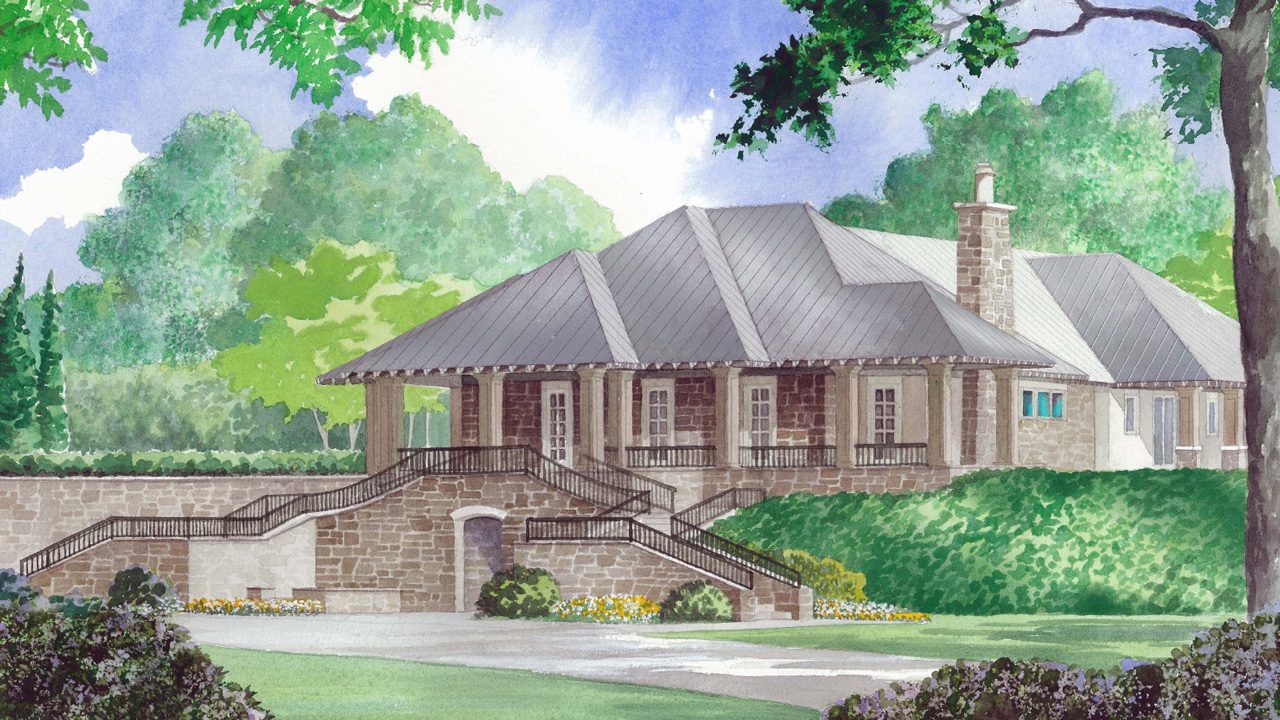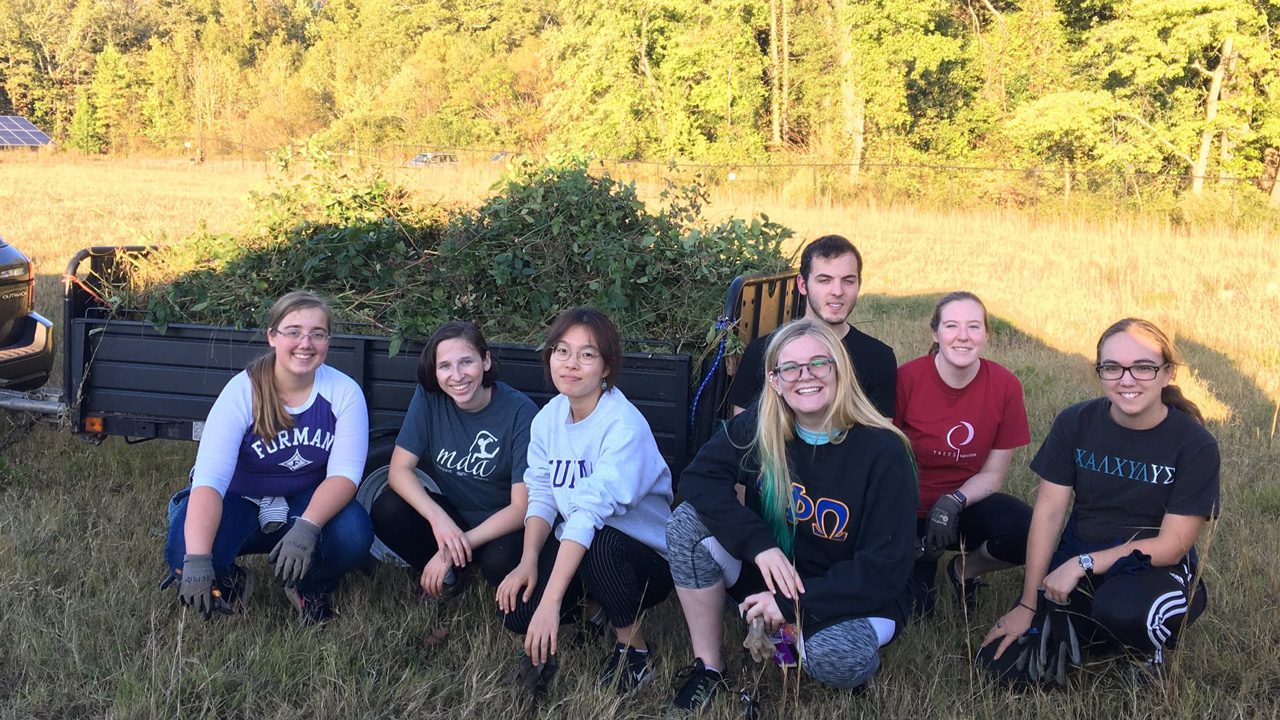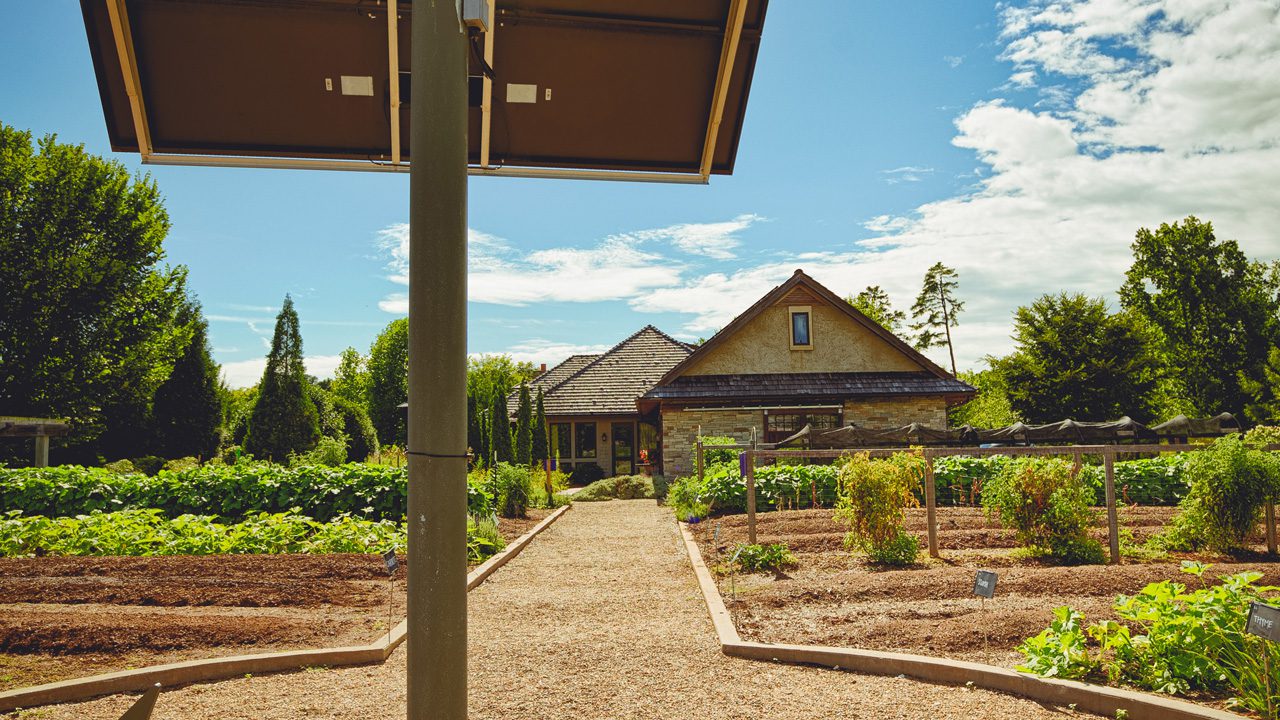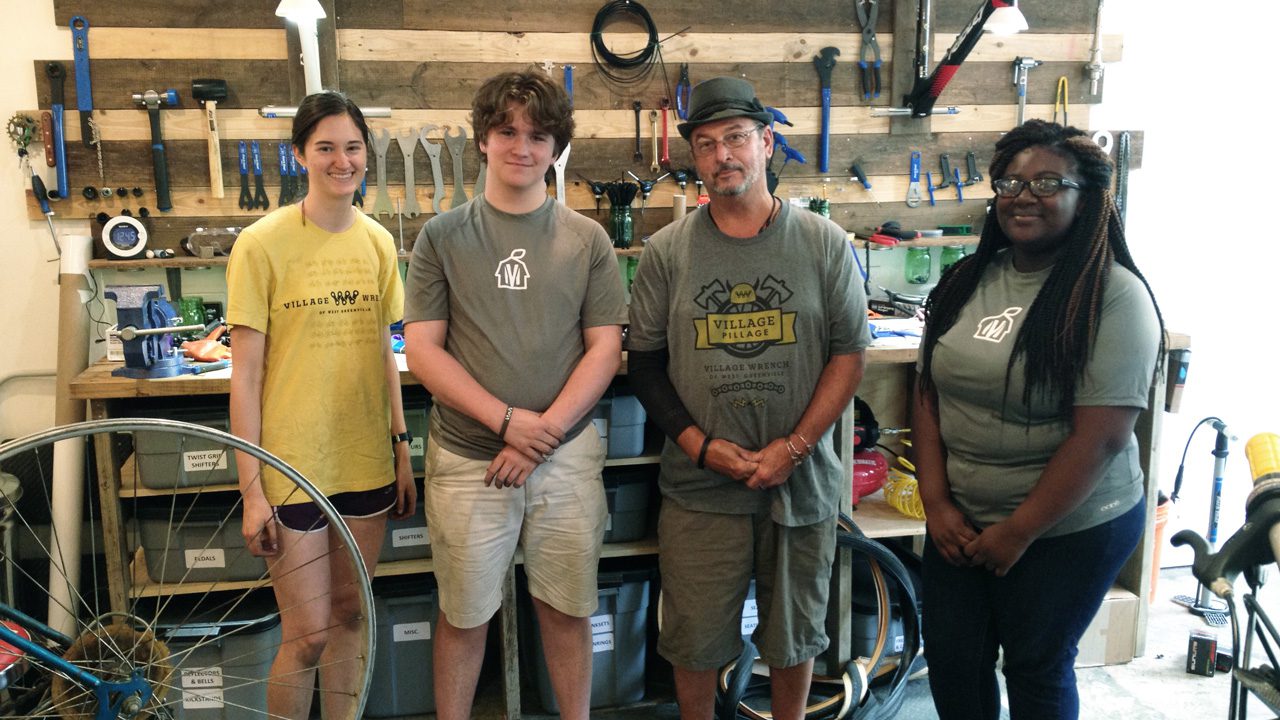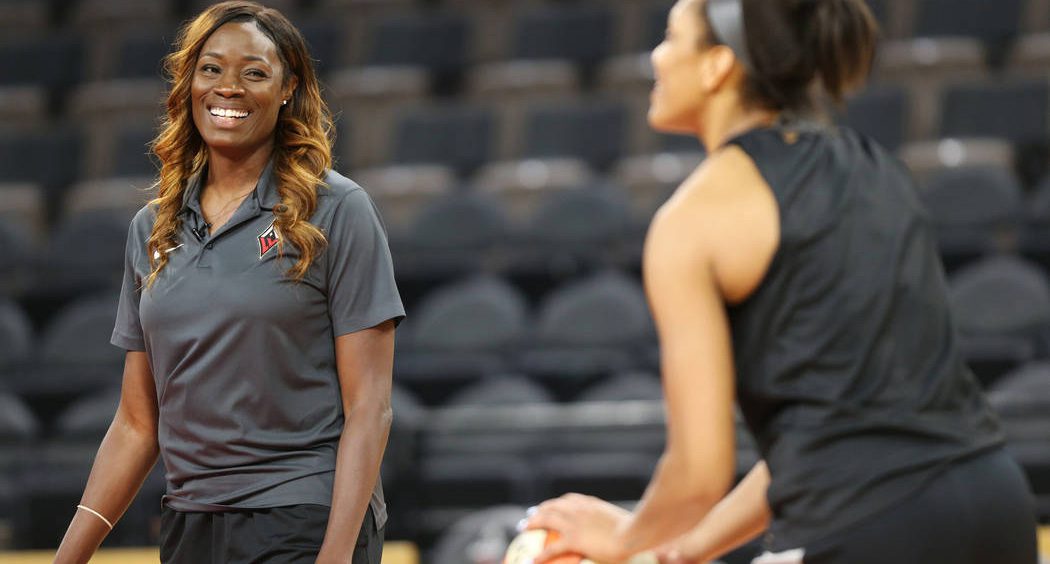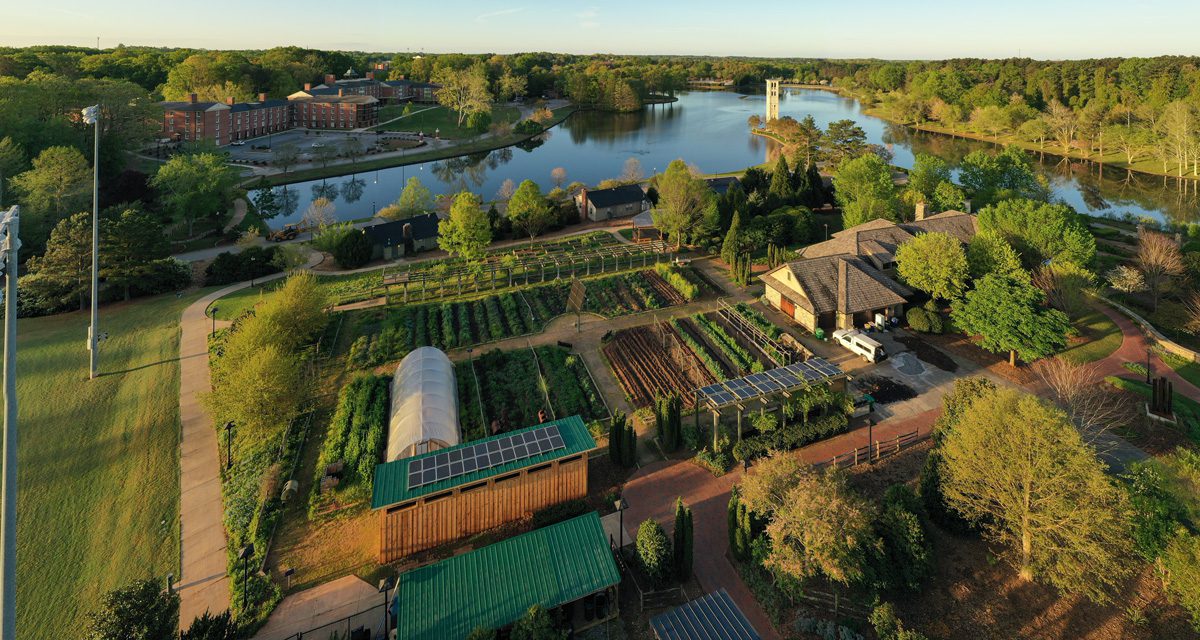
Features
The Shi Institute
Is All Around Us
Expanding from a center, the institute reaches ever farther in its second decade.
By Kelley Bruss
Rita Chandler knows firsthand the good that comes out of the Shi Institute for Sustainable Communities.
Chandler lives in her childhood home in Greenville, South Carolina, which her parents built in the 1950s. After their deaths, she bought out her siblings and moved back in. When her home’s heat failed, Chandler resorted to a single kerosene heater to keep warm. Then a work colleague told her about Furman’s community weatherization program and suggested she call to see if she qualified.
“I thank God for them, I really do,” Chandler says. “I needed it and they were there for me.”
Chandler worked for Bank of America for 30 years as a customer service representative and assistant to the manager. She then worked for 11 years as a guidance clerk for the Greenville County School District before health problems forced her to retire.
In addition to providing a new HVAC system in the fall of 2018, the Shi Institute’s Community Conservation Corps volunteers added insulation to her house, caulked around windows and doors, and updated lightbulbs and plumbing fixtures with more efficient versions.
“It was good chaotic,” Chandler says, laughing. And she was impressed by the students’ work ethic: “It wasn’t half-done. Their heart was in it.”
Bringing people together for work like this is a central part of the institute’s mission: “Finding connections and helping people see the synergies between the work they’re doing and the work other people are doing,” says Kelly Grant Purvis, associate director of sustainability programs at the institute.
In short, the Shi Institute has always been about more than “paper versus plastic.”
Since its creation in 2008, what was then known as the David E. Shi Center for Sustainability has developed a national reputation for its intensely academic and collaborative approach to sustainability on campus and in the broader community.
Now in its second decade, the newly launched Shi Institute for Sustainable Communities reflects a reach that extends beyond the campus, promotes systems-level sustainability within communities and provides additional learning and leadership opportunities for students, faculty, community partners and regional leaders.
“Maybe the Shi Institute is that conduit piece,” says Jaime Lanier ’79, who, with his wife Mary Anne ’79, gave more than $1 million to the institute in 2018. “It’s a big, audacious goal. But why not?”
Meaningful progress can be made in campus and community sustainability when it spans a wide range of expertise: higher education, civic leadership, nonprofit organizations and individuals.
Academics at its core
From the beginning, the Shi Center took a novel approach to campus sustainability. Instead of placing the responsibility with the facilities department, Furman focused on academics.
“We wanted sustainability at Furman to be rooted in academic research and teaching, while at the same time very much influencing the way we behave on campus,” says namesake and former Furman President David Shi ’73, who created the center during his presidency.
“We want to be the regional sustainability leader and convener.”
-WES DRIPPS
It became clear that the campus needed an entity that would take charge of the energy “and drive it forward in a much more comprehensive way,” Shi says. “Our hope was that Furman and sustainability would become synonymous in the minds of people across the Upstate and across the nation.”
The institute’s home is the former Cliffs Cottage, Southern Living magazine’s first sustainable showcase home. It was open for public tours for a year after it was built, which helped fund its retrofitting as offices and classroom space. The building has a geothermal ground source heat pump and numerous photovoltaic and solar thermal systems, making it a net generator of electricity.
“Having this sustainable home to house the institute – what David (Shi) did – was strategic,” says Weston Dripps, a professor of earth, environmental, and sustainability sciences and executive director of the institute since 2016.
‘Fall in love with trees’
Student fellowships have been a central part of the work from the beginning. During the school year, the positions are primarily campus-based, while summer fellowships usually place students with community partners. The institute has supported 325 student fellows, representing almost every major on campus.
Patrea St. John, planning director for the city of Travelers Rest, has hosted two Shi fellows.
“I have been so impressed,” she says. One fellow helped inventory the city’s connectivity, mapping the existing pedestrian and bicycle infrastructure. The other inventoried all available parking in the city and created a map for the city’s website. “Those are things that, if they were left to me, would have fallen way down the list,” St. John says.

Students plant a tree during Furman’s annual Arbor Day Celebration and Service event.
As a student and Shi fellow, Kylie Stackis ’14 took on the massive project of getting the campus certified as an arboretum.
“The act of planting a tree, it’s such a positive thing – I see the difference that I made in the world today,” she says.
Now, as education director for TreesUpstate, a Greenville-based nonprofit that plants trees, Stackis hosts Furman fellows to serve as crew leaders for high school students on her Youth Tree Care Team.
“Down the line, maybe one of these students is going to fall in love with trees, too,” she says.
The institute’s Community Conservation Corps also places students in the community to both learn and work. Through the corps, students have improved home weatherization for more than 150 low-income homeowners, helping them save 20% to 30% on their energy bills.
From staple guns to crawl spaces, students “get excited about the small things,” says Hannah Dailey, who runs the program. There are social lessons as well. “Sometimes they’re in shock, too, about living situations.”
Dailey also supervises the institute’s Eco Reps, student peer educators who promote on-campus sustainability measures. With its split between community and campus work, “my job is almost the epitome of what the institute is,” Dailey says.
Join the conversation
The Shi Institute is built on the belief that sustainability is a collaborative endeavor.
“Everyone, no matter what you study, can contribute to the conversation around sustainability,” Purvis says.
A faculty affiliate program brings together professors from across disciplines to foster information-sharing, networking and sustainability curriculum development.
And those conversations filter into classrooms. Stackis has noticed a shift in the fellows coming to work with TreesUpstate: A recent fellow was a music education major.
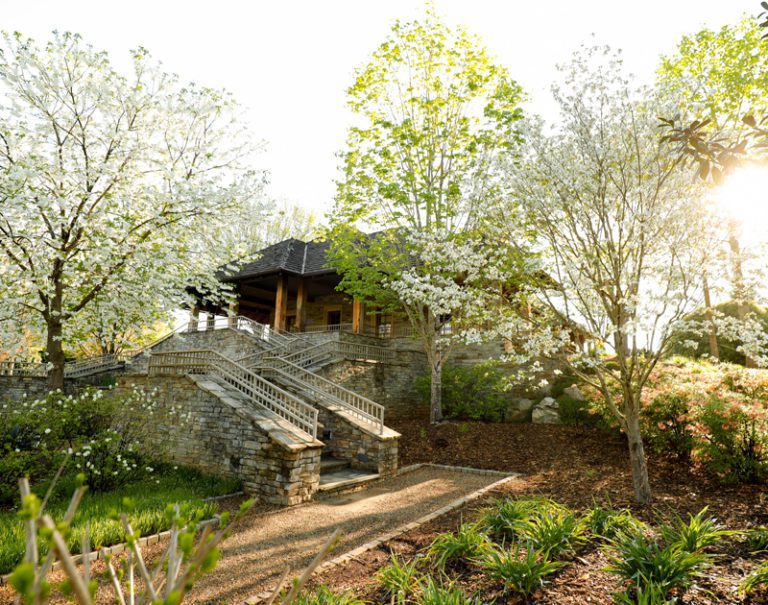
The outside of the Shi Institute during the spring of 2020.
“We’re definitely getting people who are different from what you might expect,” she says.
Some students are first exposed to the institute through Furman’s farm. For years, the farm has provided lab experiences for students in programs such as biology or earth, environmental, and sustainability sciences. But as part of the Shi Institute, the farm now also connects to the university’s dining hall, helping stock the kitchen with local, organic produce. The compost from the dining hall then returns to the farm to nourish plants.
“It’s a beautiful closed-loop system,” Dripps says.
The loops are part of why Jaime and Mary Anne Lanier wanted to invest in the work. They like to describe the Shi Institute as an “octopus” with tentacles reaching into every discipline.
“It has the potential to be a powerful influence,” Mary Anne Lanier says.
“Its power is in its collaborativeness, as opposed to competitiveness,” Jaime Lanier adds.
The institute launches
The Shi Center was created more than a decade ago to focus work that was already happening on campus. The transition to an institute has similar origins: The change is less a fundamental shift than a culmination and enhancement of the work already happening.
While people will always be able to get answers about lightbulbs and paper versus plastic, “if that’s all they’re seeing us as, we have completely missed the mark,” Dripps says.
And he wants people to think about sustainability in the broadest terms, beyond just environmental sustainability. The Shi Institute will continue to lead research, education and hands-on work related to both natural resources and the social, economic and environmental resources of a built, shared community.
“We want to be the regional sustainability leader and convener,” says Dripps.
-
330+tons of food waste composted from the Dining Hall since 2009.
-
5%equivalent average energy consumption that is produced at Furman's solar farm.
-
133student fellows who have worked out in the community with partner organizations.
